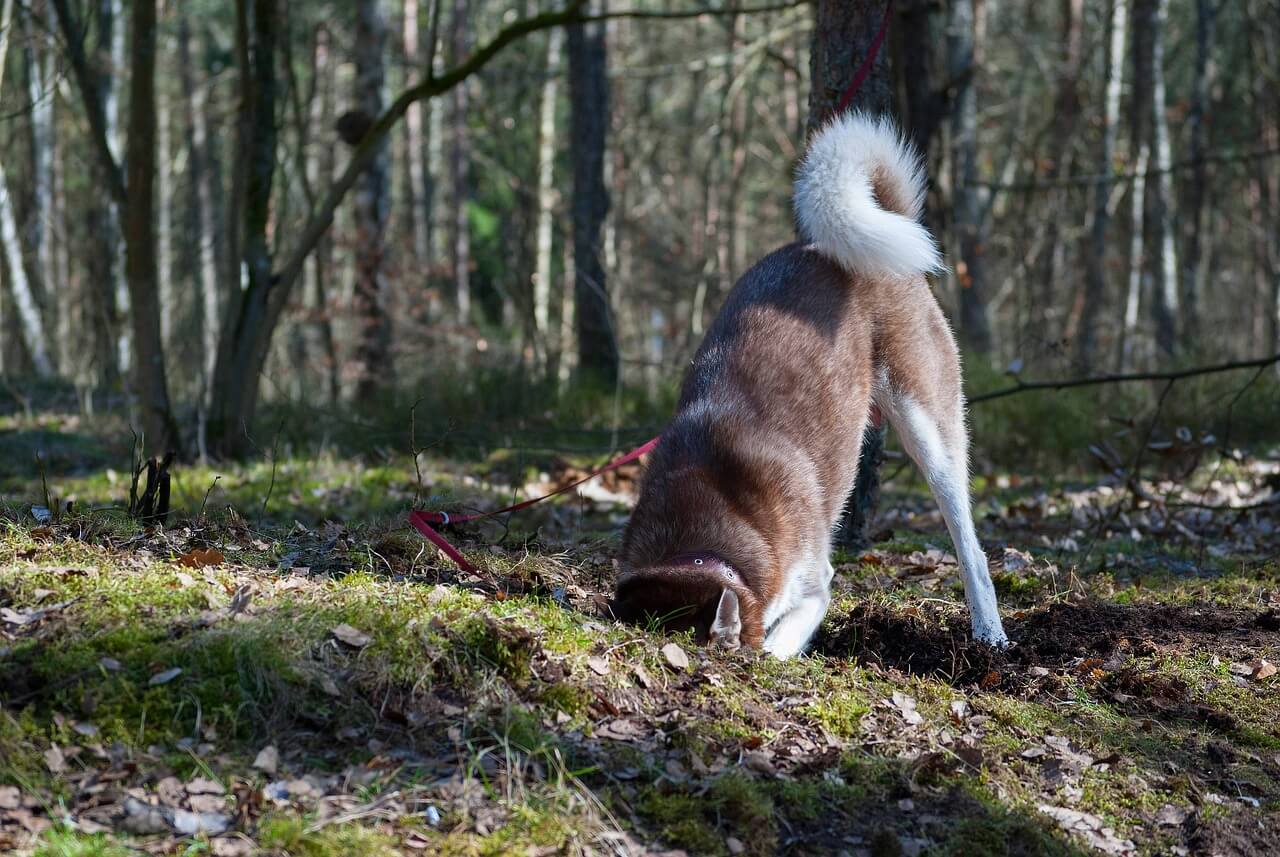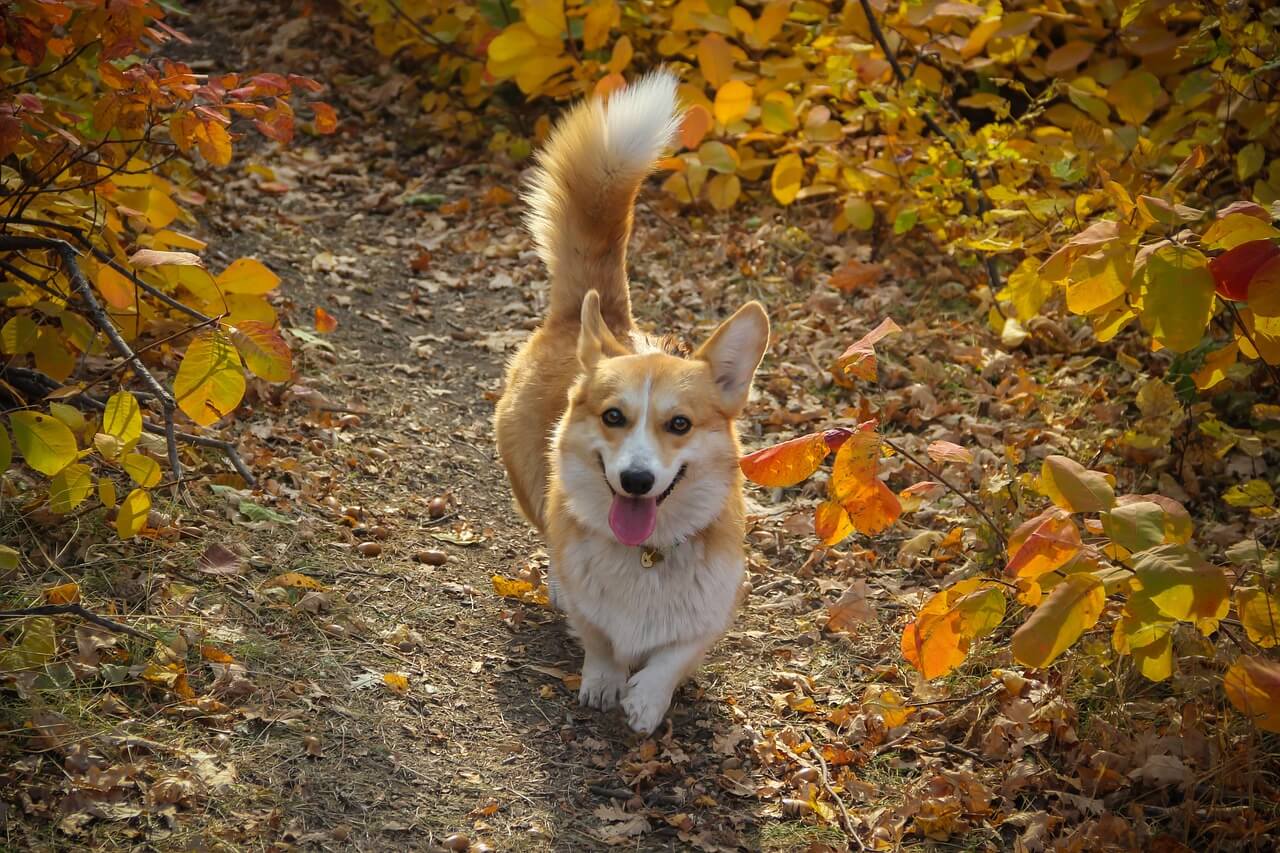Ever had that feeling of four-legged fur sticking to you like velcro? If your pooch seems to be more shadow than dog, you're not alone. Many pet parents grapple with understanding why their dogs turn into tail-wagging satellites, constantly orbiting them. This puzzling situation, with dogs, is not, about their cuteness and attachment but it could also indicate deeper concerns that need to be addressed.
In this post, we're slicing straight to the meat of the matter, examining why your dog opts for the 'clingy sidekick' persona.
Understanding Your Dog's Velcro Behavior
Why the shadowing, you might wonder as you trip over your pup for the umpteenth time today. Clingy behavior often stems from a cocktail of reasons, ranging from the simple joy of your company to more complex health issues. Let's release the leash and delve into the nature of things.
Emotional Check
First up, affection is a two-way street. Dogs are naturally social creatures, basking in the company of their human pack. However, when the usual cuddles turn into relentless clinging, it's time for an emotional check. Separation anxiety could be at play here, especially if your pooch goes into panic mode when you're out of sight. But how can we tell? Understanding the nuanced difference between anxiety and affection can help decode your pet's behavior.
But it's not always doom and gloom. Sometimes, your furry friend is just over the moon to be around you! If your buddy's tail wags more than it shakes, you're likely the human version of a dog's favorite chew toy (congrats!). But, recognizing signs of distress that go beyond the usual whimpers is crucial. A dog shaking or panting excessively often signals anxiety.
Deciphering Silent Signals
Ever caught your dog staring at you like you're the last treat in the jar? They're not plotting world domination; they're probably trying to communicate. Dogs are masters of body language, using every wag, woof, and whimper to express themselves. When your dog puts their paw on you or gives you "the stare," they're speaking volumes. Dive into understanding why your dog stares at you and other body language basics to get a grip on what's going through their furry heads.
Breed-Specific Tendencies
Interestingly, the velcro syndrome can be a 'breed thing.' Some dog breeds are more prone to attachment than others. Your shadow might be a breed known for its loyalty and dependence on human companionship. Dogs like Labrador Retrievers, Golden Retrievers, and French Bulldogs often rank high on the "Can't-Let-You-Go" scale. However, while breeds have tendencies, each dog is a unique individual, possibly breaking the stereotypes of their breed.
Breed-Specific Clinginess
As we wade deeper into the pool of clinginess, it's clear this behavior isn't one-dimensional. From health concerns to their cozy corner in the living room, various factors could be amplifying your dog's sticky behavior. Let's untangle these threads to see the bigger picture.
Health Woes
Clinginess can often be a distress signal. If your dog suddenly morphs into your shadow, it could be their way of saying, "Help!" Health issues, often not visible at first glance, can cause discomfort or fear, making your pet more clingy. Is your dog not eating, or perhaps they're eating peculiar things like rocks? These subtle signals might be a way of expressing a need, for assistance hinting at health issues such, as digestive problems or dental conditions.
Regular check-ups are vital to ensure your furry companion is in tiptop shape. Keeping a close eye on your dog's overall health can sometimes explain a sudden onset of clingy behavior.
The Comfort Factor
Consider their surroundings. Is their living space comfortable, safe, and dog-friendly? Stressors in their environment can lead to behavioral changes. That's where creature comforts come in. From a calming bed to their favorite chew toy, ensuring your dog's surroundings are comforting can create a sense of safety, reducing clinginess.
$61.04 USD
سرير الكلاب المضحك الرقيق والمهدئ هو الخيار الأمثل لحيوانك الأليف في الليالي الباردة، والألوان الزاهية التي من المؤكد أنها ستضفي البهجة على الأيام الكئيبة. ديكوري: تصميم مطابقة الألوان جذاب بشكل خاص، حيث لا يوضع في المنزل أريكة للحيوانات الأليفة فحسب،… read moreقطيفة على شكل قلب مهدئ ومهدئ مع وسادة سرير للكلاب والقطط

$87.20 USD
Moreover, investing in items like orthopedic dog beds can provide relief for older dogs or those with joint pain, making them feel more secure and less dependent.
Training and Socialization
Training isn't just about tricks and obedience. It's also about building confidence and independence in your dog. Proper training helps establish a healthy communication pathway between you and your pooch, clarifying that it's okay to be alone at times.
Furthermore, it's important to socialize your dog. Introducing them to environments, individuals and other animals can assist in developing their confidence to explore the world independently or, with you. Unsure where to start? Dive into some foundational dog training techniques, or consider professional guidance to navigate separation anxiety or extreme clinginess.
Fostering Independence
Addressing your furry friend's clinginess isn't about severing the emotional leash but rather creating a healthy balance where they feel secure and independent. Here's how to gently nudge your Velcro buddy towards a more confident, relaxed state.
Safe Zones
Every pup needs a place to call their own, offering comfort when their human isn't around. Whether it's a fluffy dog bed, a special dog bed, or a cozy calming dog bed, having a safe haven can reduce anxiety. If they're crate trained, make their crate a happy place, never a punishment. Add in their favorite toys or blankets for that extra dash of 'home.'
سرير كبير سميك مقاوم للخدش لحماية العمود الفقري للكلاب

$62.60 USD
$78.40 USD
تنبيه ترقية لتدليل الكلاب! امنح كلبك هدية الاسترخاء الفاخر. شاهد قفزته إلى الراحة الفاخرة والنوم الهادئ مع سريرنا المبطن الفاخر. راحة لا مثيل لها تم تصميم هذا السرير السميك الكبير ليكون على شكل سحابة وناعم ومريح، مما يضمن لصديقك الفروي… read more
Brain Games
Clinginess can stem from boredom. Engage your dog's brain with puzzle toys, obedience training, or hide-and-seek games that challenge them mentally. It helps distract them from their preoccupation, with being human and directs their attention towards tasks that're worthwhile. Besides it's incredibly enjoyable!
Alone Time
Teaching your dog that it's okay to be alone is crucial. Start with short departures, ensuring you return before they get anxious. Gradually increase the time, rewarding them for calm behavior. It's not a goodbye; it's just a 'see you later!'
Routine Rules
Dogs thrive on routine. Regular feeding, walkies, and bedtimes can make the world seem less chaotic and more predictable, reducing their stress. Consistency is comforting, as they know what to expect and when to expect it.
Conclusion
As we draw this explorative journey to a close, it's essential to recognize that the path of companionship with our dogs is one filled with learning, empathy, and mutual growth. Clinginess manifested through various behaviors, isn't merely a trait but a communication of deeper needs, emotions, and sometimes, underlying health issues. It's a call to us, the caregivers, to not just find solutions but to understand the very cause of their distress.







